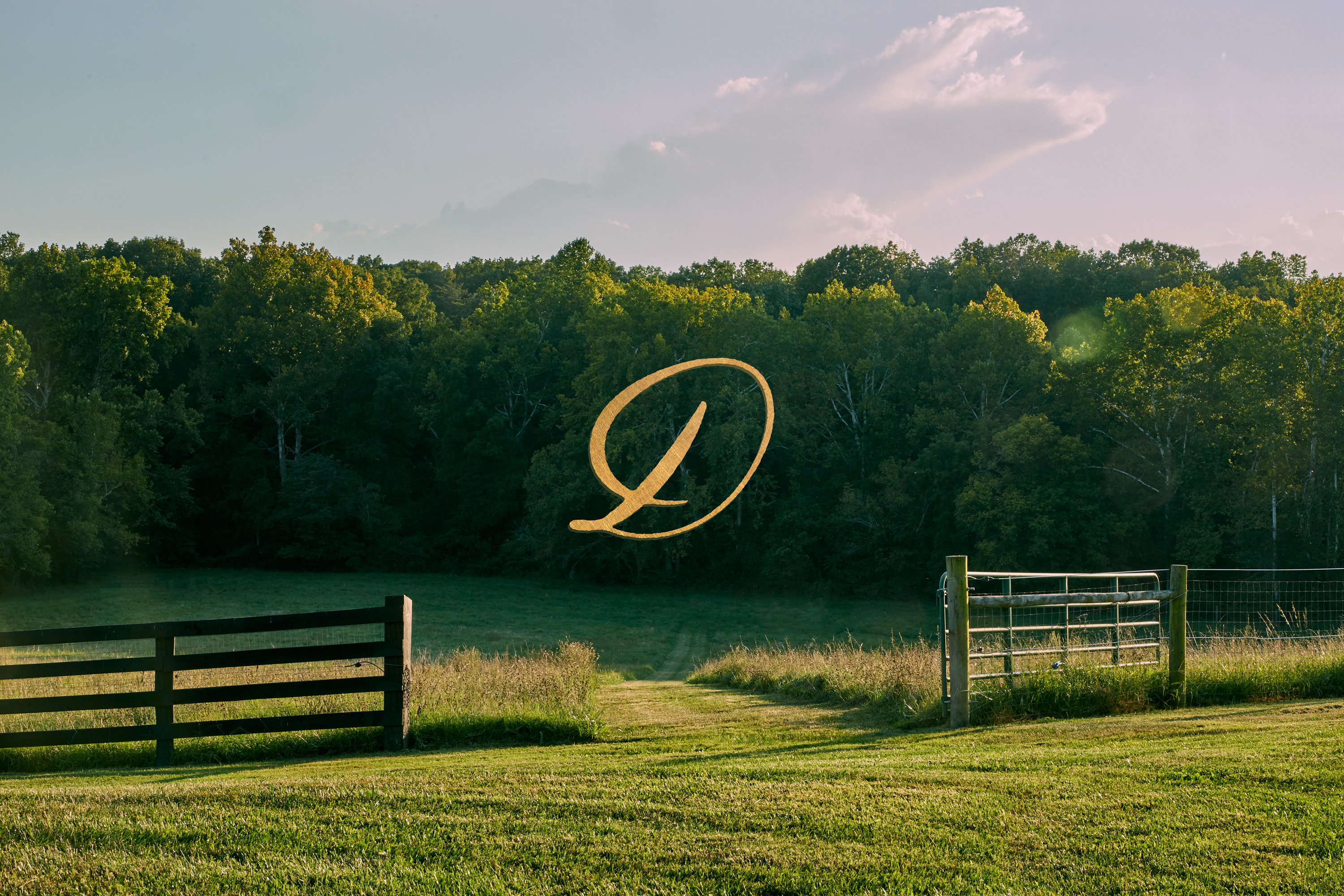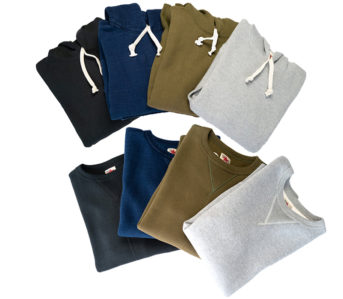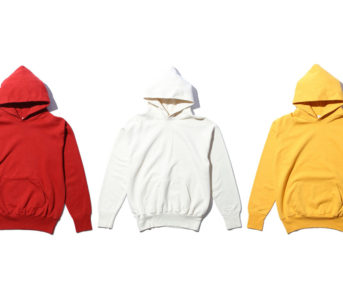Division Road has never been your average retailer. They’ve got things cracked when it comes to selling heritage goods and connecting with the customers who purchase them, all while producing exclusive products for those customers to enjoy, by working in collaboration with makers that align with the Division Road philosophy.
Living in the UK, I’ve never stepped foot into Division Road. But thanks to the brand’s steadfast identity, I feel like I’m a regular, just from checking the webstore on a weekly basis. The DR webstore is a benchmark for how good online retail can be, and in our view, they’re a step ahead of so many others in the game.
When retailers announce a move to a rural locale, I typically assume they are moving their operations fully online. But when Division road announced they were moving to Albemarle County, VA, I knew they were up to something special.
Division Road completed its move to Albemarle County this summer, and its Concept to Creation video showcasing the new location confirmed my hunch
Division Road excavated its operation and laid new roots in an experience-based headquarters that offers both new ways to shop, and new ways for DR to look after its customers. I caught up with Division Road owner, Jason Pecarich, to discuss this in further detail.
Heddels: COVID impacts aside, when did you first get the idea to pursue a relocation or expansion? Did you always have plans to approach something grander and more holistic in the way that you have?
Jason Pecarich: The idea of a rural, experience-based headquarters/flagship was something that was in my head for a number of years. I had this thought: what if you could actually visit and stay at the RRL ranch, and authentically acquire that experience as a customer? Buying goods can be done purley online now, so I believe physical retail in our space has to be about experiences, relationship building, and acquiring things in a meaningful and personable manner.
This was more of an end-of-the-road idea, but when the pandemic hit, structural changes in work-life, migration changes, etc. It seemed like now or never. Getting the space to operate the online environment effectively, and having a brand presentation that matched the lifestyle and travel interests of our customers, with an urban sensibility in a more rural location was something that interested me.
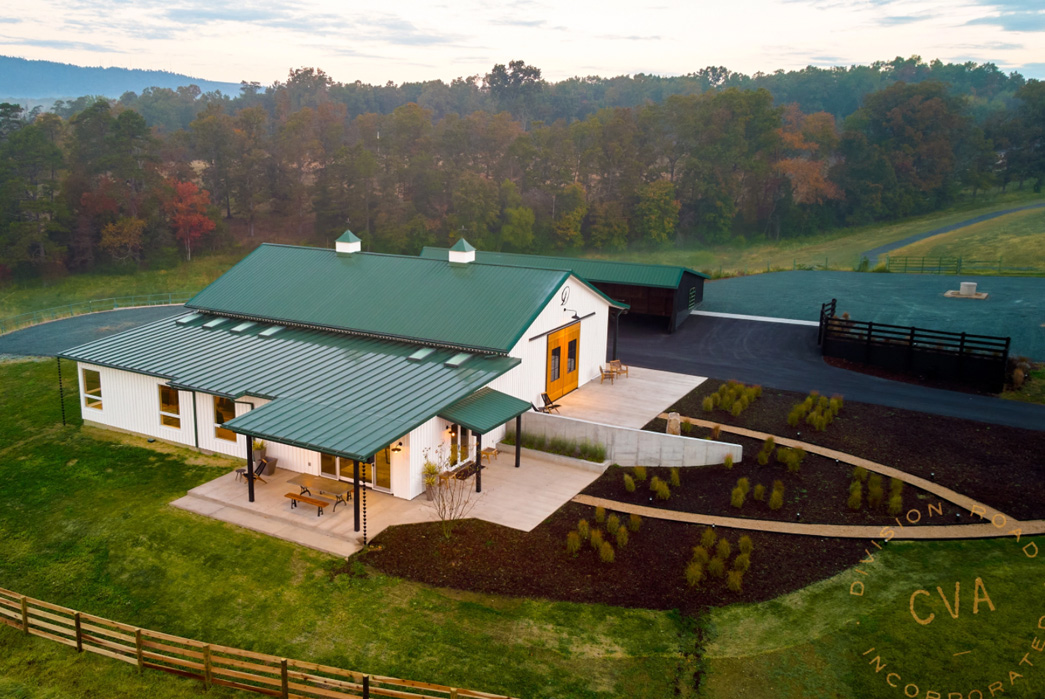
H: Out of all of the properties and states you looked at, what stuck out about Charlottesville and this plot particularly?
JP: We really started with parameters around demographics – economic dynamics, possible remote working town/city exurb (1-2 hrs outside a metro area), a college town, somewhere non-seasonal, and a healthy working population. Then what we could afford to do short-to-long term.
Charlottesville and this area won out after we got down to the final 4-5 locations. It’s a cool place in an authentic mid-stage of growth, whereby we can grow with the area rather than try to fit in somewhere that is reaching, or at, the peak of its potential.
H: Can you expand on the food and social culture you talk about in the video?
JP: The food culture here is pretty astounding considering the scale of the place. There are as many top-notch restaurants, that consistently deliver quality, as there were in Seattle. The music scene here is also pretty strong and only getting stronger. I think there are a lot of creatives that see this as a great place to be like we have. It’s somewhere that’s not worn out and isn’t likely to be anytime soon. I think it’ll be interesting to see how all that develops over the next few years as well.
H: On paper, this seems like a left-field move for a retailer. Especially one of niche, high-quality heritage goods, as you’re naturally losing urban footfall. Having been in business for a few years now, did you get any nerves or cold feet about the move, or has it just felt like a natural progression?
JP: Sure. There is a ton of apprehension with something like this. But as wild as it seemed on paper, after running it through our logic system, it made sense. There is certainly a lot of faith and trust in our clients and market that something like this will work, but I think the disruption in retail, which will certainly be long-lasting, gives us the opportunity for it to work.
Firstly, we’re not losing out as much as one would think when it comes to footfall. We were a destination location even in Seattle. People aren’t engaging with the city in the same way, and unless office culture returns in a major way (which in certain tech-focused cities is to be determined), the vitality of everything won’t return to pre-pandemic levels. I think so many are holding on to the idea of things going back to normal, but there is no evidence to support that in the ways that would benefit us having a location for what is largely an online business with marginal physical traffic for the next couple of years.
In a couple of years, we’ll certainly look at having some outposts, as everything is cyclical. The biggest and most crucial thing was we are physical retailers at heart, so what could we do that would be far more interesting to the customer and us? Reset the perceptions that have occurred about what retail is, diminish its current versions, and do something cool.
H: How have you settled in thus far?
JP: We’re getting there, thanks. There has been so much that has taken place over the last two years, from planning to largely completed, fully open, and running everything as designed. We’re still navigating a lot of dust settling, we’re loving the area and the experiences that we’re providing to our customers, many of whom are coming to Albemarle for the first time.
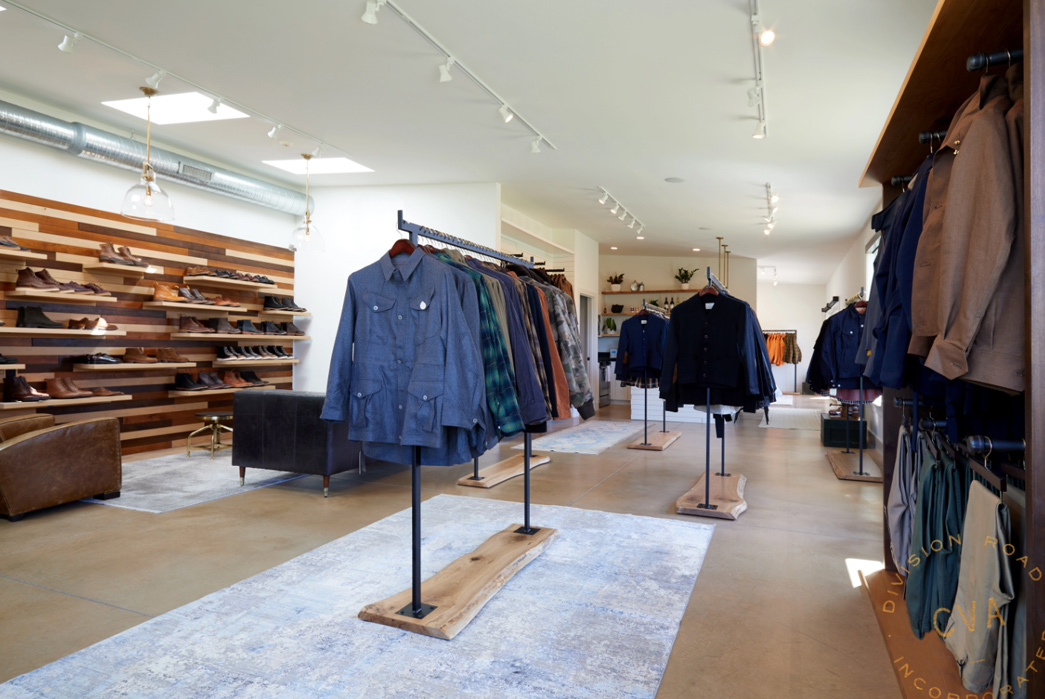
H: How do customers access and interact with the new location? Is it by appointment only?
JP: Yes. While we would never turn someone away and everyone is welcome, appointments allow us to dedicate time and resources to the customer. With planning and notice, we can sound out garments and sizes that our clients are interested in, give them all of our time and attention, and ultimately tailor their shopping experience to them. The stopwatches are off and the nuances outside of the transaction can be emphasized in a meaningful way. We’ve also still got construction and wider projects happening like tree work, so it’s better for the customer if we can plan appointments around these happenings.
Shopping aside, we really want our patrons to be able to acquire the full experience that’s available to them at the new Division Road location. Whether that be going out the back for a hike, bringing lunch to enjoy in the outdoors, or having a beer and hanging out with us on property.
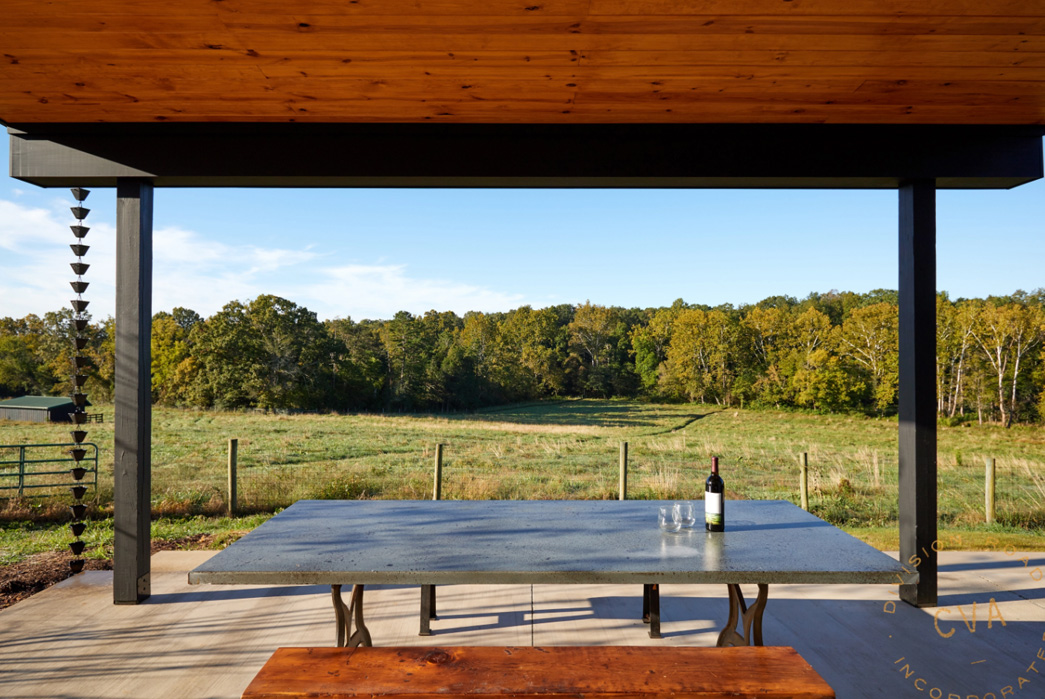
How big of a project is the restoration of the land you are located on? What is first on the agenda?
JP: This is huge, and we are preservationists at heart — hence the heritage niche in which we specialize. So, the first stage is around restoration and habitat. We started with the trees, especially the front forest, and those surrounding the buildings, as they had been stress impacted and there was a lot of management that needed to occur from dead-wooding to inviting a more dynamic forest floor to occur.
Then we moved to the first of the fields, as the property was just used for cattle grazing for years which brings in invasive and non-native grasses. The front two fields have been remediated and we’re turning into a pollinator habitat, which will start growing next year, while the apiaries are coming this winter.
We’re currently doing a lot of tree planting with several state and federal programs to filter our watershed and increase carbon capture. The next big projects are the back fields which we’re planning with several agencies and in the meantime trying to get back to native grasses.
Then, forest management in the backwoods. Everything with the land is a multi-year process. Even mitigating non-native grasses in a field occurs over 2-3 years, so doing anything responsibly takes time with nature.
H: The idea of furniture is something that excites us, especially the circular element teased in your video with the Red Oak. Is furniture/home goods something you’ve been considering for a while?
JP: This is a big part of the Fields and something that kind of organically occurred, which is the point of this whole adventure. We lost a century-old White Oak, and Red Oak last year, and milled up to slab lumber actually with a neighbor who has one of the few mobile mills in the area.
We’re working with a woodworking artisan in Richmond who does amazing work (including many of the major custom build-out aspects like our Barn Doors, Café counters and shelves, and rails in the showroom) to develop some collections of dining and coffee tables and benches that we’ll be purposing the aforementioned oak for, once properly dried. The forest management aspect will provide some great material for those projects, and everything we’re doing here with the land finds a purpose and sees the full cycle it should.

